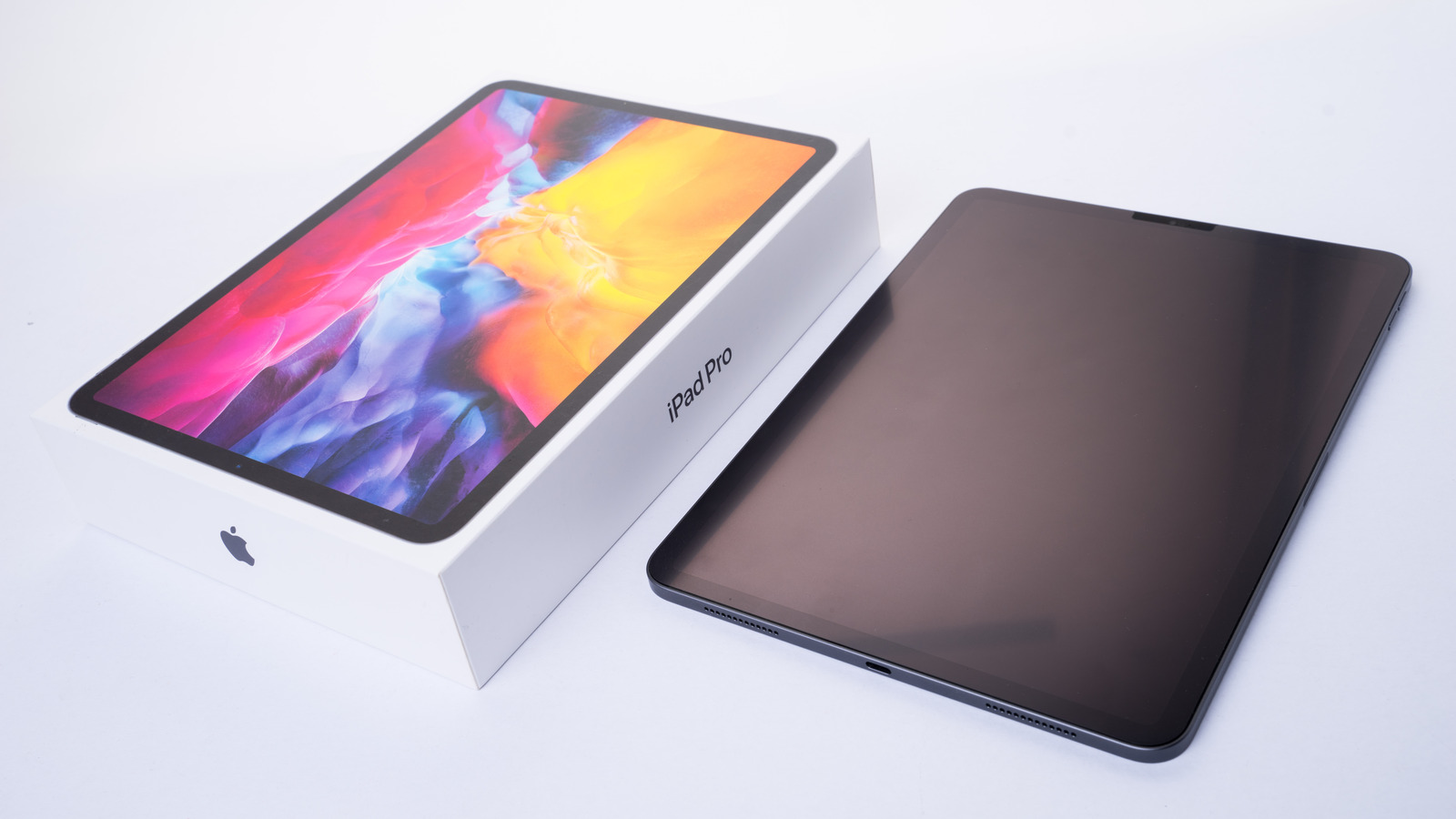
When the Pro emerged, it appealed to a particular segment of the consumer base that wanted high-end devices and was willing to pay for them. Its price tag, ranging from $799 for the 32GB model to $1,079 for the 128GB model with cellular connectivity, was a heavy burden for consumers who might want a functional tablet without all the bells and whistles.
Apple’s fifth-generation iPad resolved that concern in 2017, offering something reminiscent of their older devices, with updated specs, at a fraction of the cost. The 9.7-inch screen hailed back to the classic size of earlier generations, complete with a Retina display and 3.1 million pixels.
Apple’s A9 chip offered performance that was, perhaps, not as good as the Pro while still being perfectly serviceable for the average consumer who was as likely to leave it in the hands of a child to watch YouTube Kids as they were to check socials or answer emails. For those activities, the A9 was enough. It also powered new and recent technologies like Split Screen, which let users run multiple applications on the screen at the same time, and Apple’s Touch ID, (via Apple).
There’s no doubt that this machine was a shadow of the more impressive iPad Pro, but the $329 price tag was a lot easier to swallow.
For all the latest Gaming News Click Here
For the latest news and updates, follow us on Google News.
